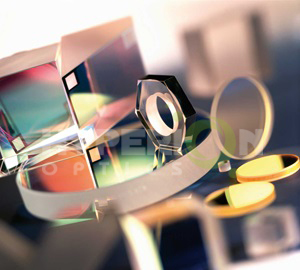There are very few popular science on projector lenses. We often pay attention to chips, color wheels, heat dissipation, etc., but sometimes overlook the lenses that can be easily seen.
Viewed from the outside, the lens of the projector is definitely a part that cannot be ignored. The big piercing eyes quietly tell the secret of light and shadow imaging. Once the power is turned on, it is dazzling again. No matter how complicated the internal structure is, the lens always plays the role of light gatekeeper, keeping the last checkpoint for the imaging effect.
You think the lens is a large transparent disc, but in fact it may be a light channel with a wide top and a narrow bottom. The projector lens is often composed of a lens barrel and multiple lenses. Different lenses have different functions. The lens affects the focal length, the focus range and the image quality after focusing. Each lens has a clear division of labor, some are magnification, and some are focus ranges. In order to adjust chromatic aberration and improve imaging quality, sometimes it is necessary to compensate one by one.
Whenever a beam of white light rushes out of the lens, due to the different wavelengths, red, orange, blue, green, yellow, and indigo light will be separated, and will not be refracted to the same point, so the lens compensation is needed to solve the chromatic aberration problem.
And considering the cost, not every projector lens has a complicated lens set. When the brightness and accuracy are not high, the complementary combination of different lens numbers and different materials can achieve the desired effect.

 Call us on:
Call us on:  Email us:
Email us:  R&D Center: Aoti Street #68 Building 4A 405 International R&D park, Nanjing
R&D Center: Aoti Street #68 Building 4A 405 International R&D park, Nanjing









 English
English  cn
cn  de
de  es
es  fr
fr 


